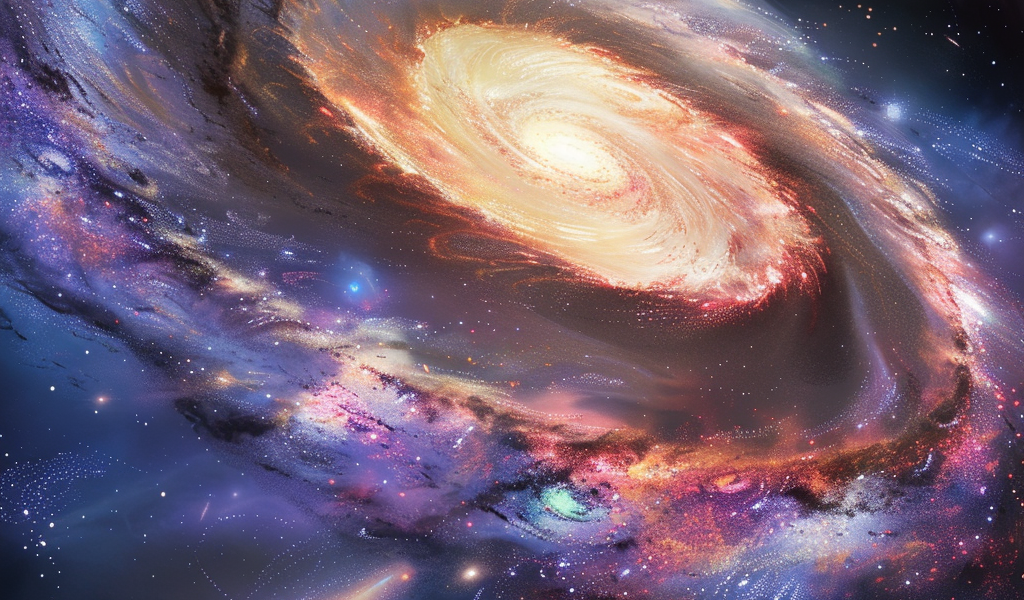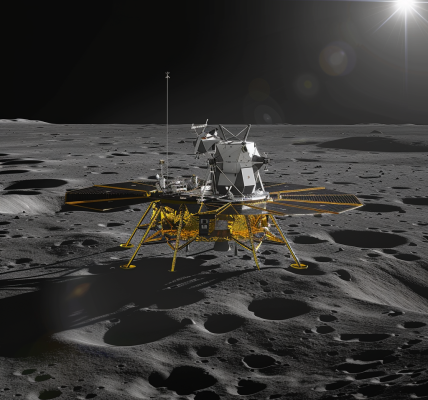Astronomers utilizing the Hubble Space Telescope have made a remarkable discovery regarding the influence of supermassive black holes on their cosmic environment. Their findings reveal that jets emitted from a supermassive black hole in the M87 galaxy are responsible for triggering explosive stellar eruptions known as novae in nearby stars.
The M87 galaxy, located approximately 54 million light-years from Earth, houses a supermassive black hole with a mass equivalent to 6.5 billion suns. This extraordinary black hole, which was famously imaged in 2019 by the Event Horizon Telescope, generates a powerful jet of plasma that extends more than 3,000 light-years into space. The jet, composed of high-energy particles and moving at nearly the speed of light, has long been recognized as a striking feature of the galaxy.
However, recent observations from Hubble have unveiled a new dimension to this cosmic phenomenon. Researchers discovered that stars located near the trajectory of the black hole’s jet are experiencing stellar eruptions at a rate twice as high as those found in other regions of the galaxy. These eruptions, known as novae, occur in binary star systems, where a white dwarf star accumulates hydrogen from a companion star. When enough hydrogen builds up on the surface of the white dwarf, the pressure can lead to a thermonuclear explosion, resulting in a brilliant outburst of light.
While novae are not uncommon in various galaxies, the increased frequency of these explosive events in M87 presents a puzzling scenario. Notably, the stars experiencing these eruptions are not directly in the path of the jet, yet they are still significantly affected by its presence. This intriguing relationship raises questions about the mechanisms by which black hole jets influence their surroundings.
Lead author of the study, Alec Lessing from Stanford University, expressed astonishment at the findings, stating, “We don’t know what’s going on, but it’s just a very exciting finding. This means there’s something missing from our understanding of how black hole jets interact with their surroundings.” The fact that the stars are not situated within the jet’s direct path, yet still exhibit heightened eruption rates, adds an additional layer of complexity to the research.
The implications of this discovery extend beyond the M87 galaxy, as it prompts scientists to reconsider the broader impact of supermassive black holes on star formation and evolution in the universe. The interplay between black hole jets and their nearby stellar environments may play a crucial role in shaping the dynamics of galaxies and the life cycles of stars.
As astronomers continue to analyze data from Hubble and other observatories, they are hopeful that further investigations will shed light on the mechanisms driving these explosive events. Understanding the relationship between black hole jets and stellar eruptions could lead to significant advancements in our knowledge of cosmic processes and the evolution of galaxies.
This groundbreaking research highlights the importance of studying supermassive black holes and their jets, as they serve as powerful agents of change in the universe. The findings not only enhance our understanding of the M87 galaxy but also open new avenues for exploring the intricate connections between black holes and the stars that inhabit their vicinity.
As the field of astronomy continues to evolve, the revelations from Hubble’s observations serve as a reminder of the complexities of the cosmos and the ongoing quest to unravel its mysteries. The study of black hole jets and their influence on stellar eruptions represents a significant step forward in our understanding of the universe’s dynamic nature.





